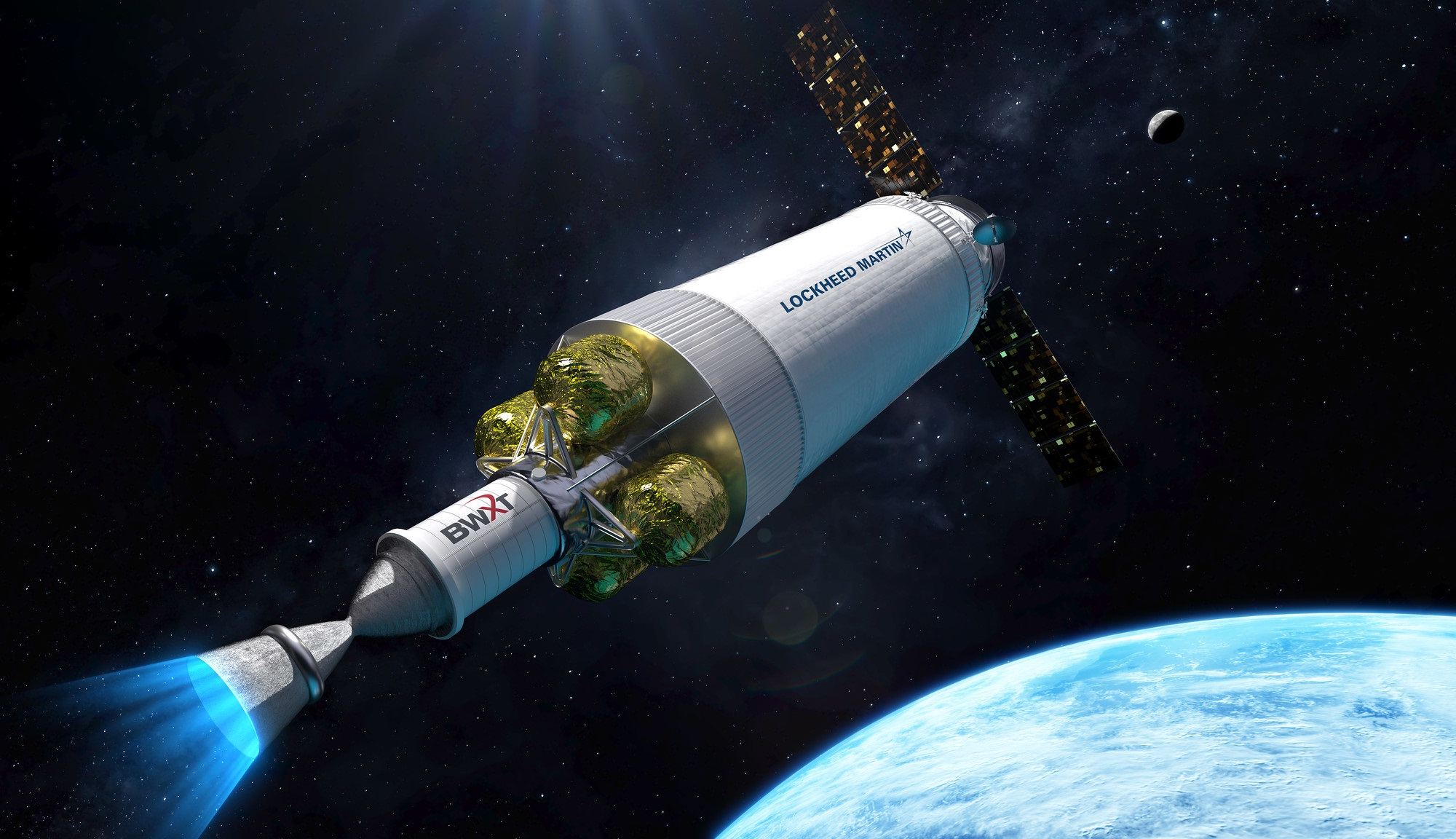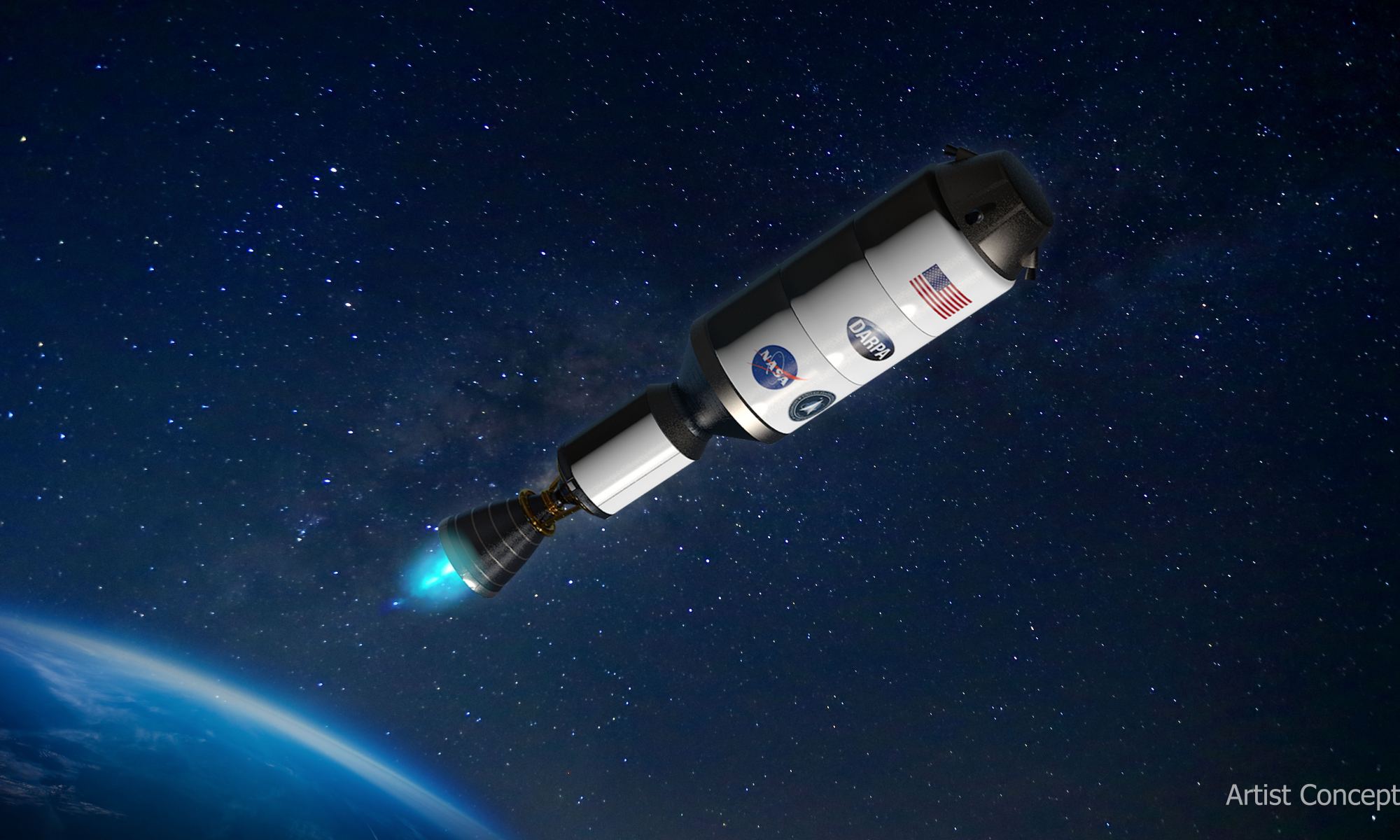Dark matter is curious stuff! As the name suggests, it’s dark making it notoriously difficult to study. Although it’s is invisible, it influences stars in a galaxy through gravity. Now, a team of astronomers have used the Hubble Space Telescope to chart the movements of stars within the Draco dwarf galaxy to detect the subtle gravitational pull of its surrounding dark matter halo. This 3D map required studying nearly two decades of archival data from the Draco galaxy. They found that dark matter piles up more in the centre, as predicted by cosmological models.
Continue reading “Mapping the Stars in a Dwarf Galaxy to Reveal its Dark Matter”NASA and DARPA Award Contract for a Nuclear Engine to Lockheed Martin

NASA plans to send astronauts to Mars in the coming decade. This presents many challenges, not the least of which is the distance involved and the resulting health risks. To this end, they are investigating and investing in many technologies, ranging from life support and radiation protection to nuclear power and propulsion elements. A particularly promising technology is Nuclear-Thermal Propulsion (NTP), which has the potential to reduce transit times to Mars significantly. Instead of the usual one-way transit period of six to nine months, a working NTP system could reduce the travel time to between 100 and 45 days!
In January of this year, NASA and the Defense Advanced Research Projects Agency (DARPA) announced that they were launching an interagency agreement to develop a nuclear-thermal propulsion (NTP) system – known as the Demonstration Rocket for Agile Cislunar Operations (DRACO). Just yesterday, DARPA announced that it had finalized an agreement with Lockheed Martin to design and build a prototype NTR system – the Experimental NTR Vehicle (X-NTRV) – that will be sent to space for testing by 2027.
Continue reading “NASA and DARPA Award Contract for a Nuclear Engine to Lockheed Martin”NASA and DARPA Will be Testing a Nuclear Rocket in Space

The coming decades of space exploration will see astronauts return to the Moon, the first crewed missions to Mars, and robotic missions to the outer Solar System (among other things). These missions will leverage innovative technologies that allow faster transits, long-duration stays, and sustainable living far from Earth. To this end, NASA and other space agencies are investigating nuclear applications, especially where energy and propulsion are concerned. Many of these proposals have been on the books since the early space age and have been thoroughly validated.
On Tuesday, January 24th, NASA and the Defense Advanced Research Projects Agency (DARPA) announced they were launching an interagency agreement to develop a nuclear-thermal propulsion (NTP) concept. The proposed nuclear rocket is known as the Demonstration Rocket for Agile Cislunar Operations (DRACO), which would enable fast-transit missions to Mars (weeks instead of months). This three-phase program will culminate with a demonstration of the DRACO in orbit, which is expected to occur by early 2027.
Continue reading “NASA and DARPA Will be Testing a Nuclear Rocket in Space”The Draco Constellation
Welcome to another edition of Constellation Friday! Today, in honor of the late and great Tammy Plotner, we take a look at the dragon itself – the Draco constellation. Enjoy!
In the 2nd century CE, Greek-Egyptian astronomer Claudius Ptolemaeus (aka. Ptolemy) compiled a list of all the then-known 48 constellations. This treatise, known as the Almagest, would be used by medieval European and Islamic scholars for over a thousand years to come, effectively becoming astrological and astronomical canon until the early Modern Age.
One of the constellations included in this treatise was Draco, which is located in the northern hemisphere and contains the north pole of the ecliptic. Today, it is one of the 88 modern constellations recognized by the International Astronomical Union (IAU) and is bordered by the constellations of Bootes, Camelopardalis, Cepheus, Cygnus, Hercules, Lyra, Ursa Minor, and Ursa Major.


